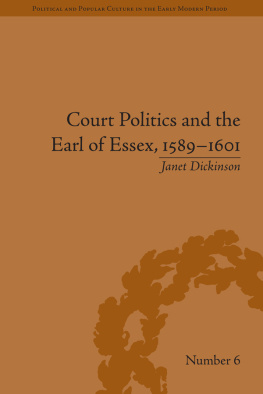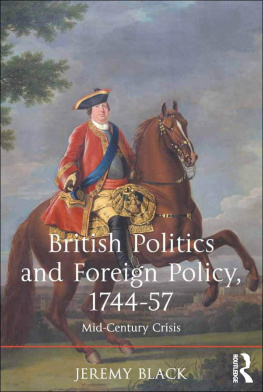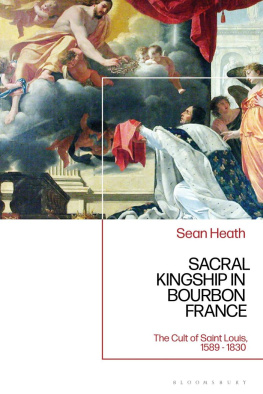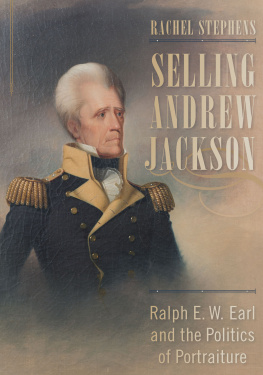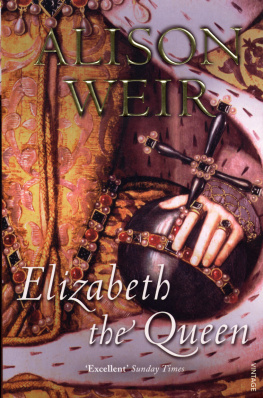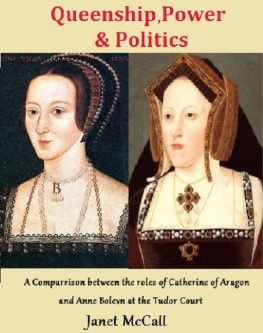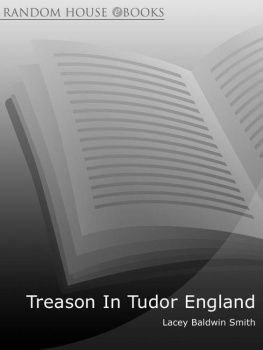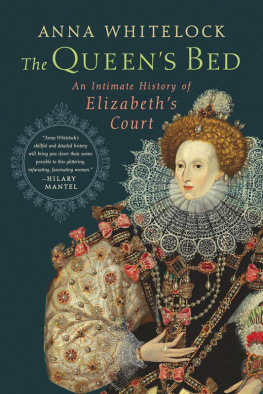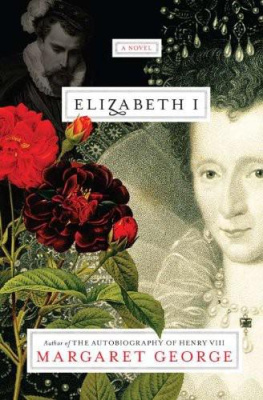First published 2012 by Pickering & Chatto (Publishers) Limited
Published 2016 by Routledge
2 Park Square, Milton Park, Abingdon, Oxon OX14 4RN
711 Third Avenue, New York, NY 10017, USA
Routledge is an imprint of the Taylor & Francis Group, an informa business
Taylor & Francis 2012
Janet Dickinson 2012
To the best of the Publishers knowledge every effort has been made to contact relevant copyright holders and to clear any relevant copyright issues. Any omissions that come to their attention will be remedied in future editions.
All rights reserved, including those of translation into foreign languages. No part of this book may be reprinted or reproduced or utilised in any form or by any electronic, mechanical, or other means, now known or hereafter invented, including photocopying and recording, or in any information storage or retrieval system, without permission in writing from the publishers.
Notice:
Product or corporate names may be trademarks or registered trademarks, and are used only for identification and explanation without intent to infringe.
BRITISH LIBRARY CATALOGUING IN PUBLICATION DATA
Dickinson, Janet.
Court politics and the Earl of Essex, 15891601. (Political and popular culture
in the early modern period)
1. Essex, Robert Devereux, Earl of, 15661601. 2. Salisbury, Robert Cecil, Earl
of, 15631612. 3. Great Britain Court and courtiers History 16th century.
4. Great Britain History Elizabeth, 15581603. 5. Great Britain Politics
and government 15581603.
I. Title II. Series
942.055dc22
ISBN-13: 978-1-848-93077-3 (hbk)
Typeset by Pickering & Chatto (Publishers) Limited
In writing a book, one accumulates many debts. First, I should like to acknowledge the financial support provided by the Department of History at Southampton, whose award of a bursary made it possible to embark on this study. The Royal Historical Society provided some much needed funding to carry out research in Lambeth Palace Library and the British Library. I am very appreciative of the assistance provided by the staff of Lambeth Palace Library, the Bodleian Library, the British Library and the Westcountry Studies Library in Exeter as well as the university libraries at Southampton, Exeter and Bristol. I would also like to thank John Lock for drawing my attention to Essexs letter of advice, auctioned at Sothebys on 16 December 2004, and Dr Peter Beal for allowing me an early look at his transcript of the letter.
Many people have provided advice, encouragement and helpful suggestions throughout the course of this project. In the years since I completed the PhD on which this book is based, I have worked at a number of universities, where I have greatly benefited from the advice and support of my colleagues, past and present. I am especially grateful to former colleagues at Southampton, who guided me through from undergraduate to postdoctoral years and taught me a great number of things that I needed to know. In particular, I should like to thank Alastair Duke, Julie Gammon, Brian Golding, Bella Millet, Trish Skinner, Mark Stoyle and Joan Tumblety. Thanks must also go to my past teachers at Southampton and Bristol, particularly John McGavin, Ad Putter and Jonathan Sawday for introducing me to the study of chivalry in its medieval and early modern contexts, and to Colin Piatt for first suggesting that I read Castigli-ones Book of the Courtier. I should also wish to acknowledge the interest shown and advice provided by the conveners and audiences of the seminars and conferences in London, Southampton, Bristol, Reading and Warwick at which I have given papers based on parts of this thesis. I have been fortunate in finding many friends and colleagues at a number of seminars over the years; I should especially like to thank members of the Tudor and Stuart seminar at the IHR in London, especially Helen Good, Simon Healy, Tim and Lara Crowley and Mary Partridge, who provided intellectual stimulation and friendly company for several years. Members of the British History in the Seventeenth Century seminar have been very supportive and tolerant of a stray sixteenth-century historian in their midst and I thank them for providing interesting papers and stimulating conversation in the Jack Horner.
Many other scholars have also provided me with help of various kinds, including Simon Adams, Steven Gunn, Peter Lake, Jason Peacey, Glenn Richardson, Michael Questier, David Trim and Rivkah Zim. Liz Evenden and Natalie Mears have been excellent friends as well as exemplary historians. Malcolm Smuts was a generous reader and made many useful suggestions, as did my academic editors. Richard Hoyle has been an encouraging and inspiring colleague and friend, and I should like to thank him for his support. Tim Wales has been an excellent theatre-companion for several years and was extremely generous at a very late stage in the project, reading chapters very carefully and with an acute eye to detail at a time when he had far too much else he ought to have been doing. George Bernard, who first stimulated my interest in Tudor history, has proved a constant source of support, advice, guidance and enthusiasm. He was a wonderful PhD supervisor and this study would never have been possible without his help.
I should also like to thank my students, especially members of the special subjects that I ran at Southampton in 20067 and at Durham in 201011, and also my Oxford summer school students, on whom I have tried out many ideas over the years, and who never failed to respond in interesting and thought-provoking ways. My friends provided support, encouragement and distractions throughout, particularly Christi Adams, Pamela Bartha, Lucy Bates, Jane Bliss, Roseanna Cross, Daniel Grey, Cathy Glover, Tehmina Goskar, Rachel Jones, Leonie Hicks, Shirley Matthews and Sue Simpson. I promised David Leonard that his suggestion that Essex was suffering from a narcissistic personality disorder would make it to the book. Martin Stiles has been a wonderful help during the latter stages of writing the book and I am greatly indebted to him for very many things. Most of all, I am grateful to my family, none of who were able to see the completed version but who I think would have been pleased to see it finished.
Finally, I owe my greatest debt to Neil Younger, a long-standing friend, colleague and fellow-Elizabethanist. In his stalwart support, encouragement and patience he has demonstrated himself to be the very model of a friend and historian. This book would never have been completed without him and the inspiration his own work has provided over the years. It is a wonderful thing, to have the opportunity to study, write and teach history, and I am grateful to be able to do it in the company of such excellent friends, students and colleagues.


